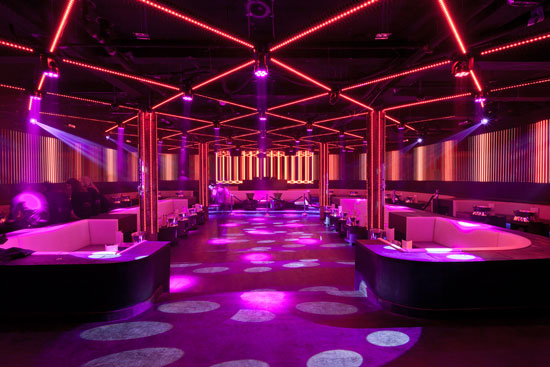
One of the main functions of lighting on a dancing area is to illuminate the dancers. Focused lights can be used to focus attention on solo dancers or teams, making them the focal point of attention. This method not only displays their actions but also adds a dimension of theatricality to the performance. When dancers are illuminated effectively, their facial expressions and skills become more visible, allowing the spectators to appreciate their abilities. This targeted lighting can also help to create a narrative, guiding the audience through the performance.
In addition to showcasing performers, colored illumination can significantly impact the atmosphere of the dancing area. Different colors evoke varied feelings; for example, warm colors like crimson and orange can generate a sense of excitement and energy, while cooler colors like azure and emerald can promote tranquility and ease. By strategically using colored illumination, organizers can control the environment to align with the concept of the event or the style of the dance. This thoughtful approach to lighting design can improve the complete encounter for all involved.
Strobe lights and other active lighting effects can also add thrill to a dance floor. These effects can generate a sense of beat and movement that complements the soundtrack being played. When timed with the beat, strobe lights can make the dancing area feel alive, inviting dancers to move in time with the pulsing lights. This connection between light and music can boost the vitality of the occasion, making it more enjoyable for both performers and spectators. The use of such effects requires thoughtful consideration to ensure they improve rather than distract from the show.
Ultimately, the complete design of the lighting arrangement is crucial for creating a cohesive look on the dancing area. A carefully planned lighting strategy takes into account the layout of the space, the kind of performance being executed, and the spectators' encounter. By integrating various lighting techniques, such as background lighting, highlighting, and unique features, organizers can create a visually impressive setting. This focus to detail not only enhances the performance but also click here to read creates a memorable impression on the audience, making the event unforgettable. In summary, the transformative power of lighting is essential in improving dancing area appearance, establishing an engaging and enjoyable encounter for all.